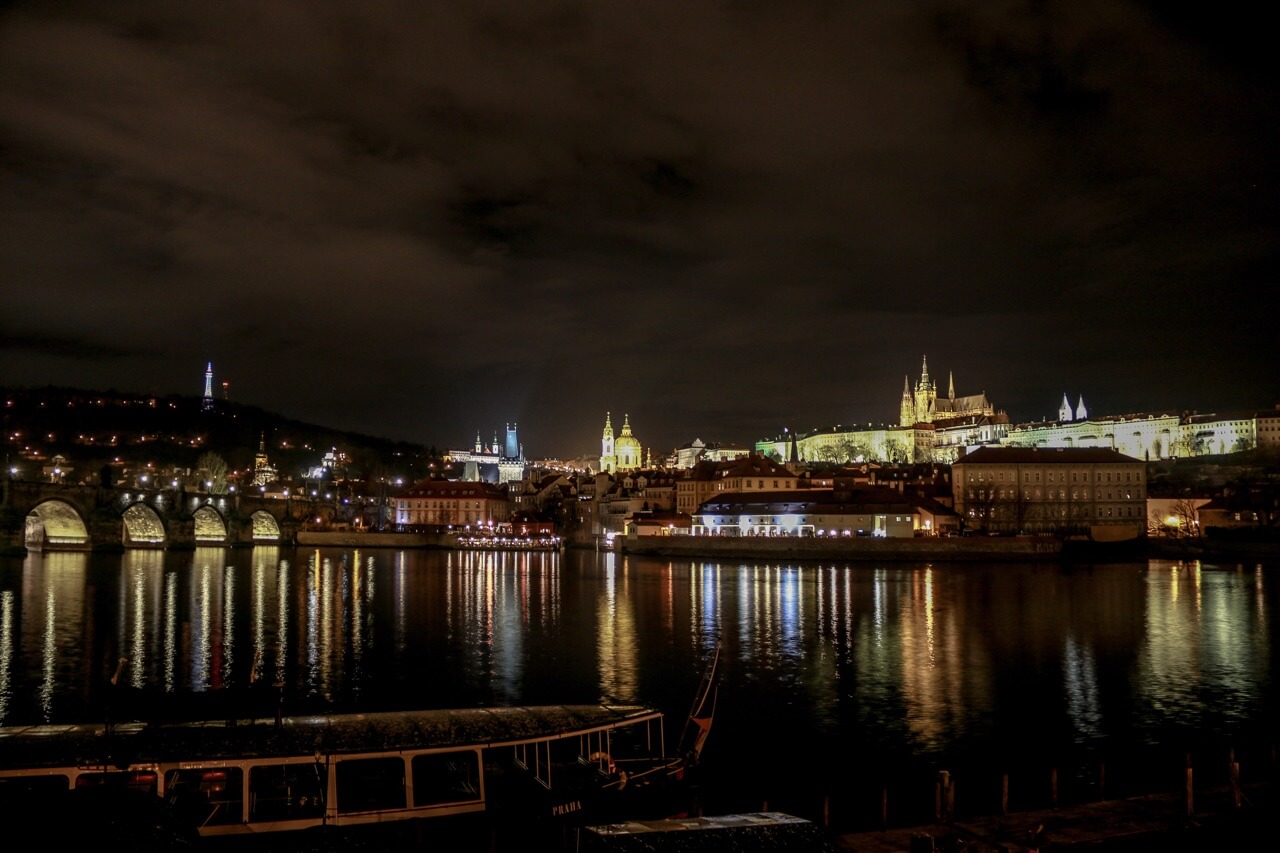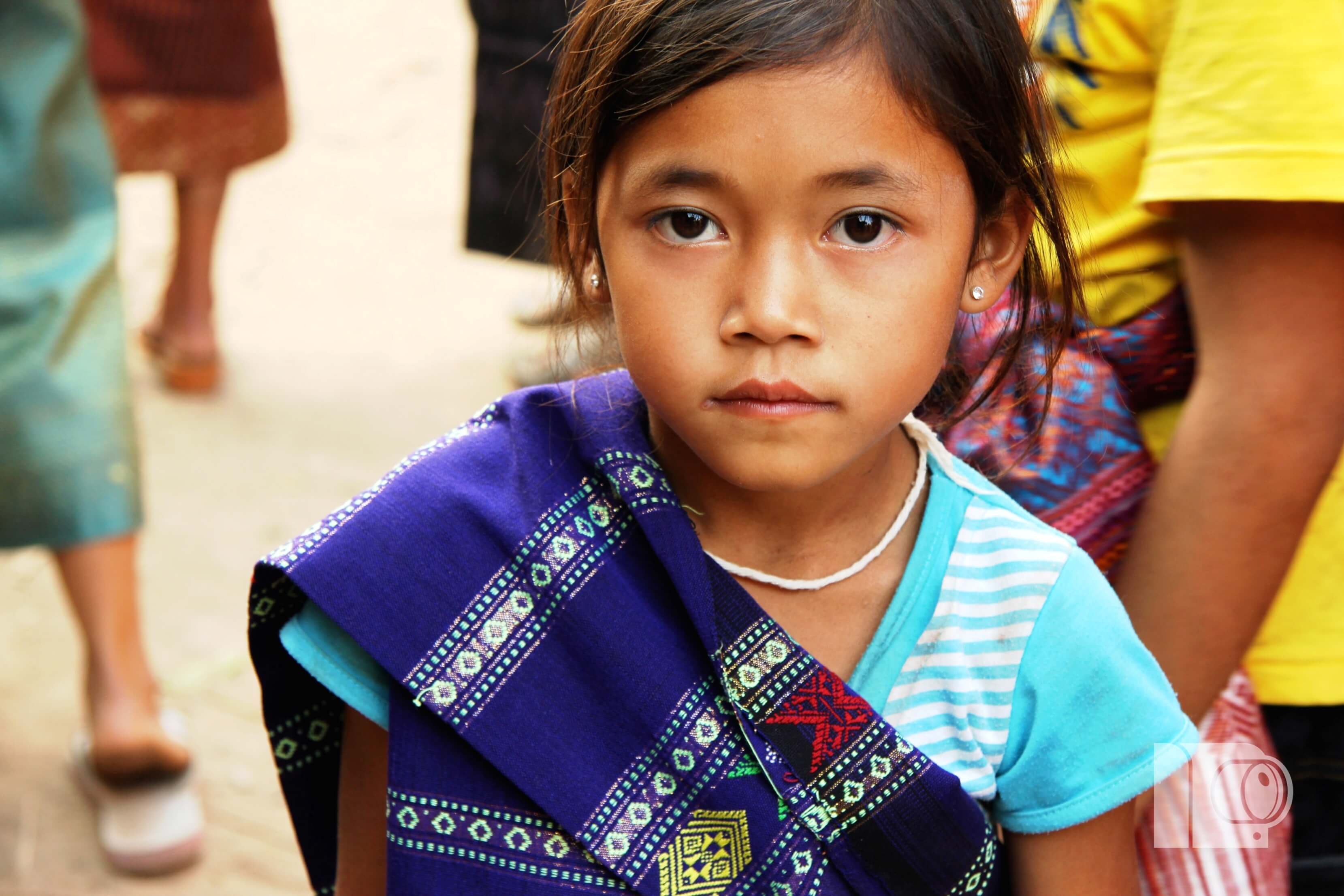
Travel photography made easy
Taking pictures successfully in every situation
Once the required photo equipment has been selected and safely stowed away, the adventure of travel photography begins. Unusual light conditions can prove to be a challenge and a bunch of new motifs can inspire you to new and creative photos. Let your curiosity and your instinct guide you to shoot holiday photos with pleasure. Tips on the technical side of photographing in different situations are summarized here.
Twilight photography – The play with the light
Sunrise and sunset offer unique and beautiful lighting conditions, so it is worthwhile to get up early on vacation. Especially in an unfamiliar environment you can not only capture great moments but also discover new details in the landscape. The particularly harmonious light conditions are also very well suited for panoramic and portrait shots.

If you decide to photograph the sunrise or sunset, you should plan it carefully the day before. Both take only a few minutes and thus the window for the perfect photo is limited. Inform yourself in advance about the compass directions and find a suitable location for your shots. It is important to measure the time of arrival and include them in the planning. Even a look at the weather forecast is rewarding, since the light spectacle is easy to see only in clear skies.
Once you are in the right place at the right time, you should pay attention to the correct camera settings. Choose a longer exposure time and keep the ISO value below 100. The exposure meter on your camera can help you choose the right settings. For the perfect depth of field, it is best to set the aperture to f/8 or f/11 on your camera. A tripod could serve you well at a longer exposure time because in this way the photo will not turn out blurred.
Tip
Choose a slightly underexposed version for your sunrise / sunset photos. In the RAW mode of your camera all exposure details will be stored and thus, the subsequent editing will work better.

The classic – Beach and ocean photography
Holidays on the beach are real classics. The fascination of the ocean and the waves can be easily captured with the camera, but also harbors your pitfalls. Before you bring your camera to the beach, you should see to it that it is protected from sand and water. Many camera manufacturers offer protective covers, but even a conventional plastic bag with a hole for the lens can protect against water. In addition, you can use a UV filter to protect the lens from penetrating sand.
Tip
Avoid a lens change on the beach and protect your camera from excessive sunlight.
As you watch the waves, you need to decide which effect you want to highlight with your photo. You can either capture individual waves or emphasize the water in its flowing motion. In order to avoid photographing too close to the water, in both cases choose a minimum focal length of 80 mm. A short exposure time of 1/400 captures single waves well. The continuous shooting function helps you capture the perfect wave. If you want to emphasize the power of the water, it is worthwhile to take a shot from the frog’s eye view. On the contrary, if the water appears soft and fluid, it is advisable to choose a long exposure time. In this way, the waves are long drawn-out and seem smooth.A landscape in all its glory – Panoramic photography
The best effect in landscape photography is achieved by panoramic photos. Many cameras, as well as many smartphone cameras, have a special program for panoramic photography. These 180-degree shots of the landscape are composed of individual images. It is important that the images have a 20% overlap so that the transitions can be put together smoothly. Thus, panoramic photos are also perfect for post-editing if your camera does not have a program for it.
If you have found the right area for your panorama photo, it is worth using a tripod with a panorama tripod head. This makes it possible to turn the camera on the tripod and thus always maintain the same height. To minimize distortions in the photography process, you should set a short focal length. A high depth of field, and thus the capture of details in the distance, can be achieved by a small aperture width of f/22. When setting the exposure time, you should look at the panorama as a whole and choose the brightest spot as a reference. Here again, rather take a slightly underexposed version and later post-edit it. This works better if you save the pictures in RAW format. Make sure that all the settings for the entire panorama shots remain the same.

Sights – the must-have for every travel photographer
Every destination has exciting and historically interesting landmarks that attract tourists almost magically. It is often difficult to shoot atmospheric images of buildings and sights. This is easier to do if you pay attention to the “rule of thirds”. Many cameras – even smartphone cameras – provide a grid in the shooting mode. Try to arrange the components in the image to fill 1/3 and 2/3 of the image. A central alignment can also emphasize the beauty and symmetry of buildings. Even better are these shots: if you can follow guidelines you will get out the 3-D effect in the photos.
Tip
For sights, wide-angle lenses are very good due to their image width. Polarization filters can suppress reflections, such as on window panes, and filter out disturbing reflections.
During your shots, play with unusual perspectives and take time for your travel photos. Also note the details that others quickly overlook. Doing so, you will end up with unique photos for your collection.
Tip
Also engage with the history of the place of interest. Here is some interesting information that you can add to your album.
Authentic holiday pictures with the country and the people
The unique feeling that comes over you when you go to a faraway country is not only associated with impressive sights and foreign landscapes but also with the locals and their traditions. First of all, it must be emphasized that every photographer should respectfully treat the people he wants to photograph. This also includes that the participants in the photo are asked for their consent. A language barrier does not exist here, because a simple gesture on the camera or showing the finished photo is usually enough to communicate non-verbally.
If you want to shoot authentic travel photos, you should take part in the local events – be it a celebration or a visit to the market. Stay as inconspicuous as you can to avoid taking contrived pictures and learn to observe the people in order to capture the right moment. For such shots, it is best to use a combination lens of 55-200 mm focal length, as it enables sharp shots to be taken in the distance. Adjust the exposure settings to the light and weather conditions. This is also the automatic mode of the camera, which is ideal for beginning travel photographers.

Bad weather – the chance for new motives
Do not let the bad weather de-motivate you and overcome yourself to go out and explore the world in the rain. Especially rain, fog, and thunderstorms can make the landscape appear in a different mood. Motifs that you have already photographed will seem different this time. Proper preparation in such a case is important. Waterproof clothing, a waterproof photo bag and camera lens covers are essential. You should also take handkerchiefs and a microfiber cloth to dry and clean the camera and lens afterwards. Protect your camera with a plastic bag from the rain and use a lens hood to keep rain drops away from the lens.
In bad light, longer exposure times are needed. You should therefore think about the use of a tripod to avoid blurring on the photo. Similar to taking pictures of waves, you can either capture single raindrops with a short exposure time or capture the pouring rain with a long exposure time. Backlight can also be useful when taking pictures of rain because only then the drops will really be visible.
Tip
Not only the storm itself, but also the first period thereafter offers creative motives for travel photographers. Look for individual drops on leaves and glass panes or use puddles for reflections.

Conclusion
Travel photography offers new motives and challenges for every photographer – no matter if beginner or ambitious amateur photographer. Let yourself be fascinated and inspired by your environment and with a few tricks and knacks, you can take great vacation photos almost all by yourself.
